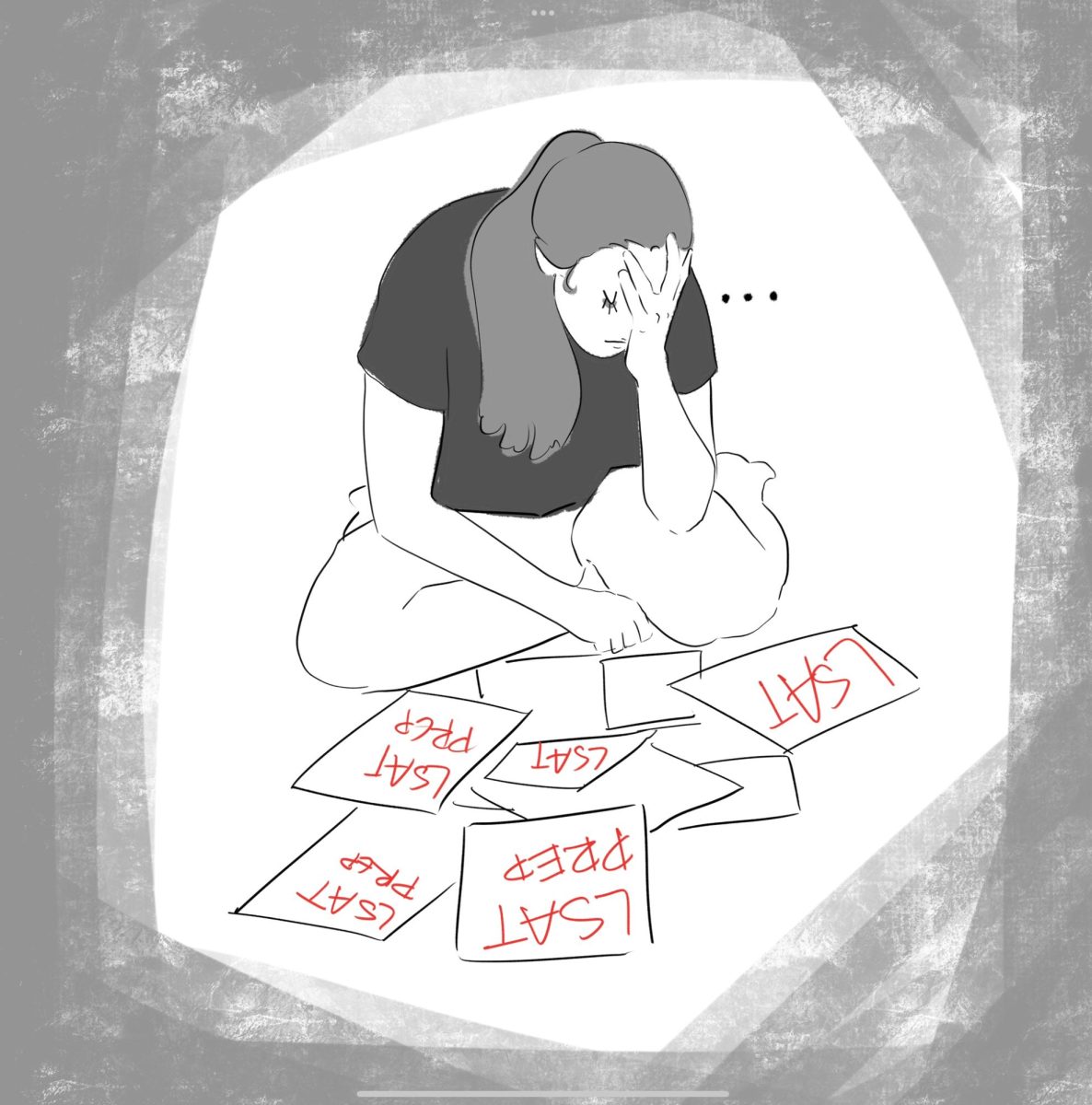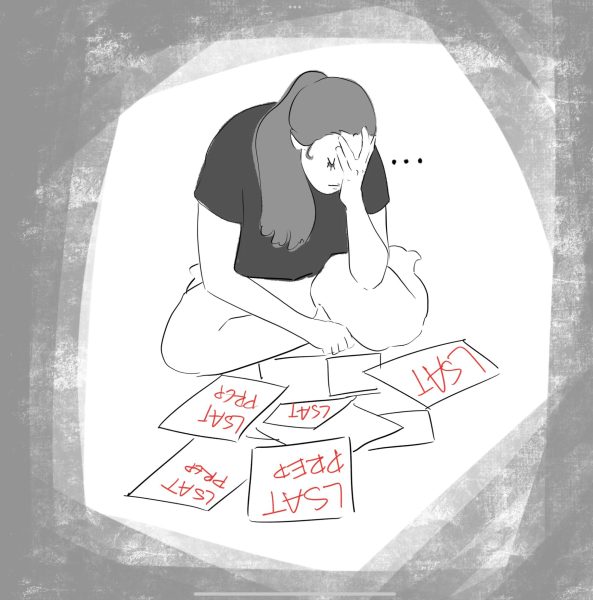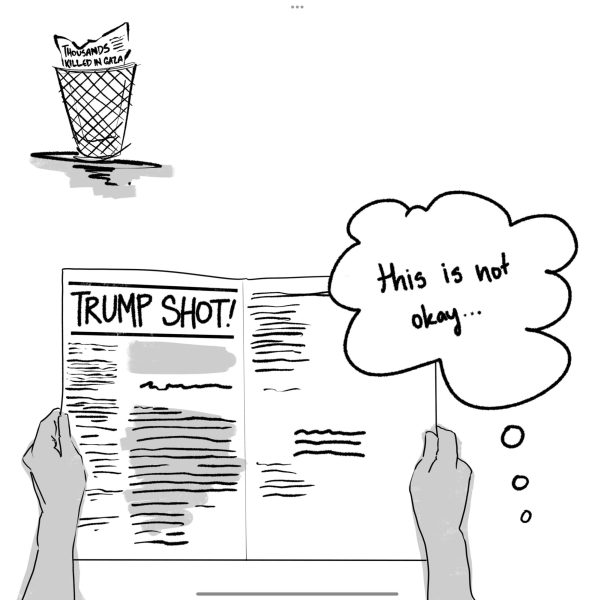Opinion | It’s time for affirmative action to become socioeconomic
November 11, 2022
The Supreme Court recently started hearings on the constitutionality of race-conscious admissions programs at Harvard and the University of North Carolina. These court cases have seemingly put affirmative action itself in jeopardy, and are causing a new wave of debate on the value, fairness and effectiveness of affirmative action.
If affirmative action is destined to change, it should start focusing more on family income.
The way affirmative action currently works fluctuates depending on the institution that is utilizing it. More prestigious colleges and universities, like Harvard, may want to increase diversity more consciously compared to less prestigious institutions. This means that race is considered for admittance to the university, based on the university’s own standards for diversity.
Pitt currently has a policy in place that covers affirmative action, alongside anti-discrimination and harassment policies. Currently chaired by Cheryl Ruffin, the Office for Equity, Diversity and Inclusion creates these policies yearly, and handles cases of racial discrimination across the University. The application and process of Pitt’s current policy for affirmative action is not laid out for public viewage, but the University does routinely assess its own standards for diversity. Admitting more people of minority races is seen as positive for diversity in both admissions for students and hiring of faculty.
This type of diversity consciousness does not reflect preferential treatment to candidates of minority races. Instead, it is simply considered as part of the application process. Race is considered alongside other factors like test scores, grades, extracurriculars and interviews.
Yet, affirmative action is not perfect. Opponents of it argue that any form of race consideration is discriminatory, even if it is beneficial to marginalized communities. Other arguments rely on the idea that if students are aware of their perceived increased chance of admittance, they will not try as hard to achieve an outstanding application. However, there is another very important diversity issue at hand when discussing college admittance — wealth.
Students of poorer backgrounds are sometimes removed from the scene of college admissions in general. And if they come from high schools that lack funding, they may face the same issues that affirmative action tries to solve. For these students, college is either something that feels unattainable, or they may not be prepared for it. Thus, students from poor families should receive a similar type of affirmative action to increase their chances of success in the workforce, reducing the struggles of generational poverty.
In 2016, 80% of students from high-income families were enrolled in college by October, post-graduation. Meanwhile, 60% of low-income and middle-income students were enrolled in college at the same point. Before 2016, only 50% of low-income students were enrolled. With limited spaces at most universities, it is necessary to support low-income students’ endeavors to go to college.
This support does not necessarily need to be akin to affirmative action. Universal need-blindness in the admissions process could protect students from income-related discrimination. Currently, only about 100 schools are need-blind. This means that they do not look at family income at all when making a decision to admit a student. Most universities are not need-blind, meaning that they could deny students based on their ability to pay tuition and fees.
Currently, universities avoid need-blindness because they would then have to provide more financial aid to those low-income admits. Universal need-blindness would require universities to cover more financial aid, providing more opportunity for low-income students to achieve their educational goals. Universities must achieve both a universal need-blindness and a promise to cover those students’ financial aid.
Income is already a barrier in terms of tuition, but with schools also factoring in income for admission, students may face an even greater problem.
Students who are first-generation, meaning they are the first of their family to attend a two-to-four-year institution, are more likely to come from poor families. Sadly, these students also lag behind their non-first-generation counterparts in income after graduation. These students will then go on to have families of their own, albeit financially behind. Without universal need-blindness, children of first-generation graduates may suffer the same hardships in applying for college as their parents did. By affording poorer students the opportunity to attend college through a universal need-blind system, over time, these families can begin accumulating generational wealth.
Higher education is one of the best ways for low-income families to begin to work out of poverty. Thus, to promote the opportunity to change class in America, universities should adopt a universal need-blind approach.
Separately, universal need-blindness is not the only option for new policy. A direct policy similar to affirmative action which positively factors low income as a means of diversity could achieve the same effect. Each university could factor household income in the same way race is. Admission would then be granted to more low-income students.
To create an even more diverse environment, one that allows low-income students of all races to become candidates for admission, socioeconomic affirmative action is necessary. At worst, affirmative action as it stands might only admit wealthy minority students, leaving the rest behind.
Socioeconomic affirmative action would help to potentially increase the number of racially diverse students at universities. Data shows that low-income white students still tend to outperform low-income Black students on the SAT, a key — but outdated and biased — admission protocol for many universities. This must change, too.
Looking at the trends, all Ivy League schools continue to have test-optional application post-COVID-19, and many more schools are jumping on board. A greater push for test-optional admissions would do a lot of good for the plan of income-based affirmative action. In the end, universities could achieve both an economically and racially diverse student body through universal need-blindness and the removal of standardized testing.
Paul Beer writes about political affairs and reads too many album reviews. Write back to him (or send music recommendations) at [email protected].








